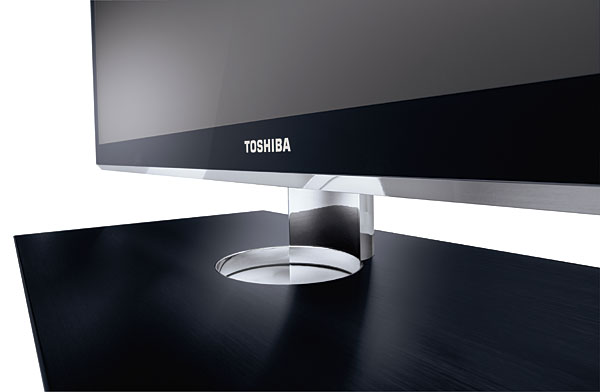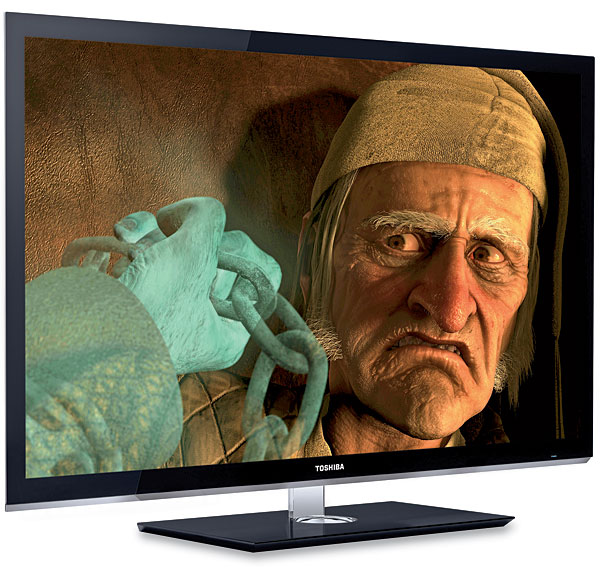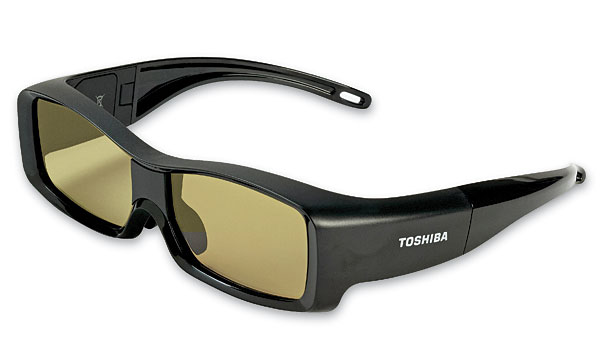I'd really like to know the suggested best settings for if you DO want that "Live" look. I'd just like to flip back and forth from a film look to a live look. Pixar things look amazing in that live look. I call it soap opera effect cause it makes everything look like days of our lives.
I've just been going with these same settings and turning the ClearFrame 240 on, and Film Stabilization to high (as he describes on page two as causing the live effect) but I just wasn't sure if there were any other or better settings to achieve the best "like look" or if the author was just mentioning setting Film Stabilization to High as a "don't do this" kind of thing.



















































